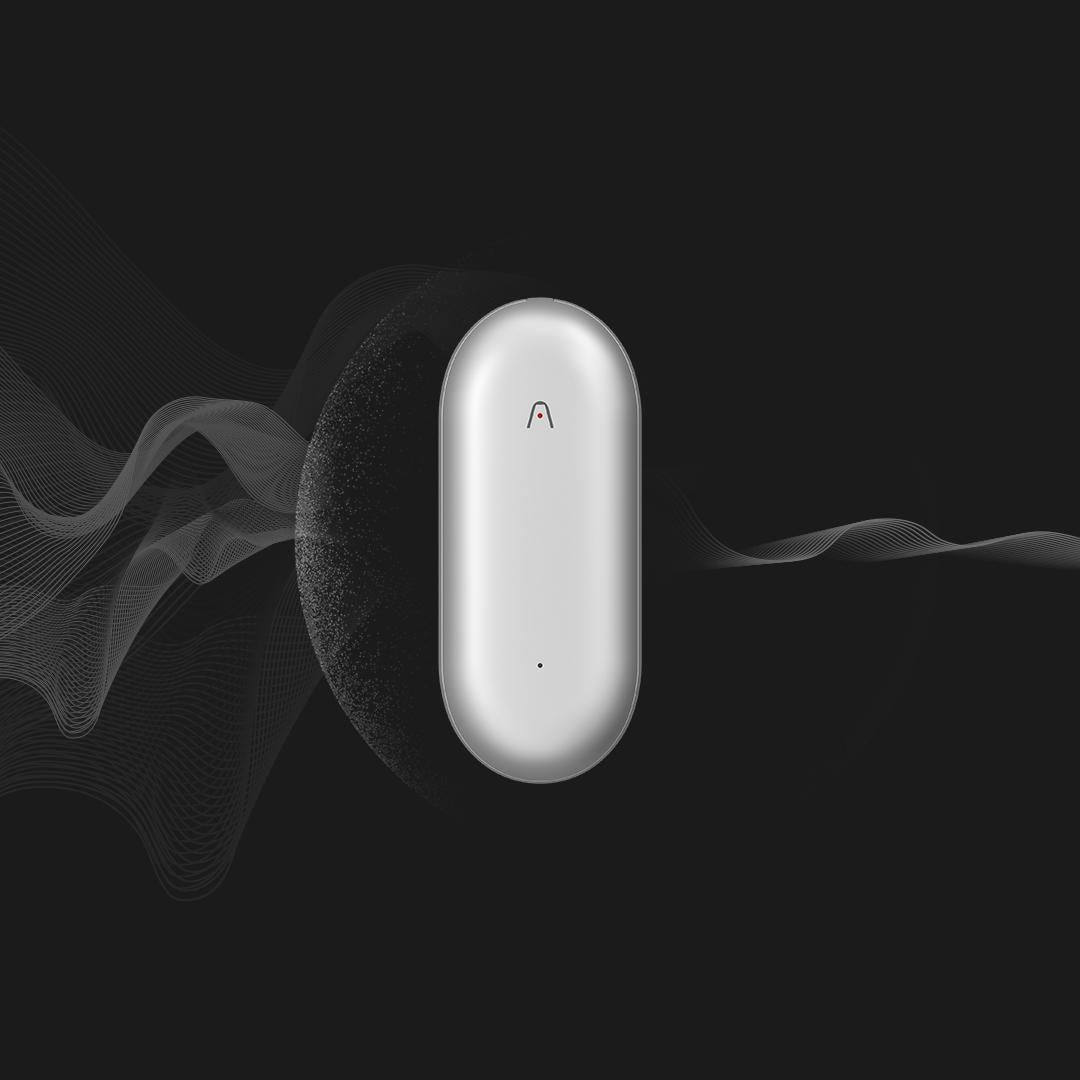Unlock Your Productivity: The Ultimate Guide to Choosing the Perfect Digital Note-Taking Device!
In today's fast-paced world, the ability to capture and organize thoughts quickly is more important than ever. Digital note-taking has emerged as a powerful tool, allowing individuals to streamline their workflow and enhance productivity. With the click of a button, you can access your notes from anywhere, integrate them with other digital tools, and keep them organized with ease. The benefits are clear: less clutter, increased accessibility, and improved collaboration. However, with a plethora of digital note-taking devices available, it can be challenging to determine which one best suits your needs. This guide aims to compare and evaluate various devices, empowering you to make an informed purchasing decision.

Understanding Your Note-Taking Needs
Before diving into the world of digital note-taking devices, it’s crucial to consider your specific needs. Are you a student needing to take lecture notes, a professional capturing meeting minutes, or someone who wants to jot down personal thoughts and ideas? Each use case may require different features from a device. Additionally, think about the preferred functionalities you might need, such as handwriting recognition, cloud syncing capabilities, or audio recording. Budget is another essential factor; while some devices are more affordable, others come with higher price tags and advanced features. Recognizing these individual needs early on will help narrow down your options and lead you to the right device.
Key Features to Look For
When evaluating digital note-taking devices, certain features can significantly enhance your experience. Screen size is an important consideration; a larger display may make it easier to read and organize notes, while a smaller screen can enhance portability. Battery life should not be overlooked either—having a device that can last throughout the day without needing a recharge is vital for those on the go. Additionally, compatibility with a stylus can provide a more natural writing experience, especially for handwritten notes. Lastly, software integration allows you to connect your notes with other applications, enhancing productivity and organization. Comparing how different devices perform in these areas will be beneficial as you explore your options.
Portability and Design
Another critical aspect to consider is the portability and design of the device. If you’re a student, you may need something lightweight and compact that can easily fit into a backpack without adding too much weight. For professionals, a sleek design can create a positive impression during meetings. The build quality matters too; a sturdy device is essential for long-term use, while one that feels flimsy may not withstand the rigors of daily life. In my experience, a friend who frequently travels for work found that a lightweight, durable device made all the difference in keeping her organized while on the road. Evaluating these factors can help you choose a device that aligns with your lifestyle.
Comparing Popular Digital Note-Taking Devices
Now let’s take a closer look at the various types of digital note-taking devices available. Tablets often feature large displays and stylus compatibility, making them ideal for artists and students who prefer handwriting. However, they can be less portable due to their size. E-readers, on the other hand, are lightweight and provide exceptional battery life, perfect for reading and annotating documents, but may lack advanced note-taking features. Smart notebooks combine traditional writing with digital convenience by allowing you to write on paper and upload your notes digitally, but the learning curve can be steep. Lastly, dedicated digital note-taking devices offer a blend of portability, functionality, and specialized features, though they may come at a higher cost. Each category has its strengths and weaknesses, and finding the right balance will depend on your unique needs.
Final Thoughts on Choosing Your Device
In summary, selecting the best digital note-taking device is a personal journey that varies from individual to individual. It’s essential to reflect on your specific needs, preferred features, and budget before making a decision. As you explore the various options available, consider how each device aligns with your lifestyle and workflow. Remember, the right device has the potential to enhance your productivity, streamline your note-taking process, and ultimately contribute to your success. Take your time, do your research, and you’ll soon find the perfect companion for your digital note-taking journey.










Comments